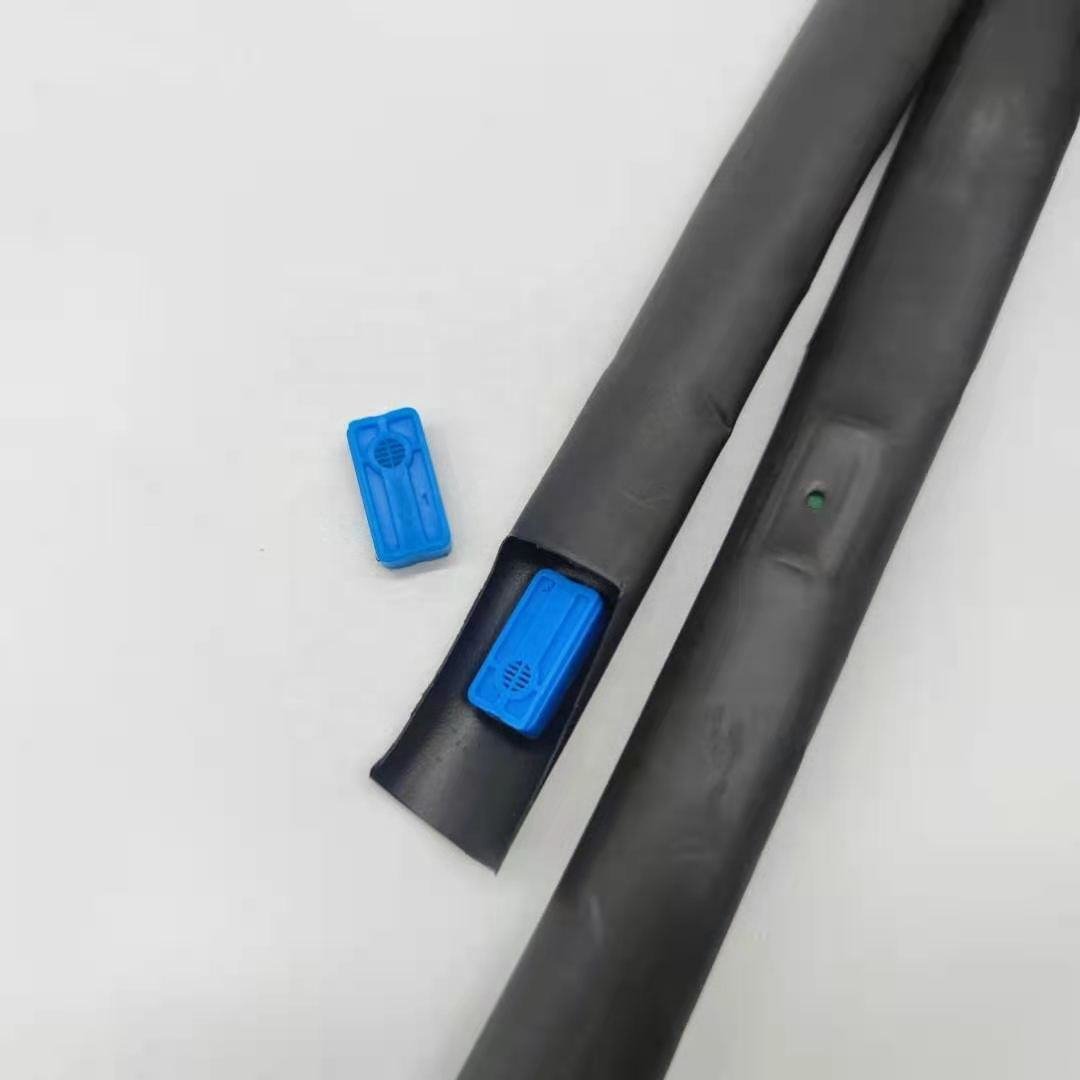

As the world faces increasing challenges related to water scarcity and climate change, agricultural practices are undergoing a significant transformation. Traditional irrigation methods such as flood irrigation and sprinkler systems often lead to water wastage due to evaporation or runoff, which is particularly problematic in arid and semi-arid regions. In response to these challenges, drip irrigation tape, a modern and highly efficient irrigation technology, is becoming the go-to solution for farmers across the globe. This system efficiently delivers water directly to the roots of plants, improving water use efficiency and reducing wastage, making it especially valuable in areas with limited water resources.
Drip irrigation tape consists of a high-density polyethylene (HDPE) or other corrosion-resistant material tube, equipped with small, precise emitters that deliver water directly to the root zone of plants. This method ensures that every drop of water is used effectively, minimizing the evaporation or runoff common with traditional irrigation techniques. Compared to sprinkler systems, drip irrigation allows for more precise water delivery, avoids wetting the leaves of plants, and reduces the risk of diseases caused by moisture on the plant surface.
Water Efficiency
The primary benefit of drip irrigation tape is its water-saving capabilities. Traditional irrigation methods can result in substantial water loss due to evaporation and runoff. Drip irrigation delivers water directly to the plant’s roots, increasing the water use efficiency by 40% to 60%, depending on the application. In water-scarce regions, drip irrigation is a critical solution to mitigate the over-reliance on groundwater and reservoirs.
Promotes Plant Growth and Increases Yields
Drip irrigation provides a consistent and even supply of water to the plants, which supports healthy root development and overall plant growth. Plants receive the water they need without the stress of overwatering or underwatering. This leads to increased crop yields and better-quality produce. The system also allows for fertilizer integration, enabling farmers to apply nutrients efficiently and reduce fertilizer wastage, further improving crop productivity.
Labor Savings and Cost Reduction
Drip irrigation systems are highly automated, allowing irrigation to be carried out at scheduled times without the need for manual intervention. This is particularly advantageous for large-scale farming operations, where the labor required for traditional irrigation is significant. Additionally, by providing precise water and fertilizer delivery, drip irrigation reduces the need for frequent irrigation and fertilization, leading to lower operating costs.
Reduces Soil Erosion and Salinization
Traditional irrigation systems, particularly flood irrigation, can lead to excessive surface water, increasing the risk of soil erosion and salinization. Drip irrigation, by delivering water directly to the root zone, minimizes surface water accumulation, reducing the likelihood of erosion. Furthermore, it helps prevent the buildup of salts at the soil surface, which is a common issue with other irrigation methods, thereby preserving soil health.
Versatility and Adaptability
Drip irrigation is highly adaptable to a wide range of agricultural settings, from field crops to greenhouses and orchards. It can be tailored to suit specific crop needs and various soil conditions, ensuring optimal water delivery regardless of terrain. Whether on flat land or sloped fields, drip irrigation ensures that each plant gets the precise amount of water it requires.
Drip irrigation is becoming increasingly widespread across different sectors of agriculture. Below are some key areas where drip irrigation tape is making a significant impact:
Field Crop Irrigation
For crops like wheat, corn, and other staple grains, drip irrigation ensures that water is delivered efficiently, reducing wastage and maintaining consistent crop growth. In regions with dry climates, this technology allows farmers to maintain reliable irrigation despite limited water availability, ensuring healthy crops and optimal yields.
Fruit Orchards and Vineyards
Fruit trees and vineyards have specific water needs at different stages of growth. Drip irrigation allows for targeted water delivery, which promotes healthy root growth and prevents issues such as root rot due to excess moisture. Additionally, the system can be integrated with fertigation, supplying nutrients precisely where and when they are needed to boost fruit quality and quantity.
Greenhouse and Vegetable Production
In greenhouse settings, drip irrigation ensures that plants receive an even distribution of water without excessive evaporation, which is particularly important for vegetable crops. The system can be automated for precise water control, improving efficiency and reducing labor costs. Additionally, drip irrigation offers the flexibility to apply nutrients in a controlled manner, optimizing plant health and yield.
Water-Saving and Sustainable Agriculture
In areas focused on sustainable agriculture and eco-friendly farming, drip irrigation is a key technology for conserving water resources. Its high level of efficiency helps farmers reduce their water footprint, promoting environmentally responsible farming practices and contributing to broader efforts to mitigate the effects of climate change.
Drip irrigation tape is not just an effective tool for addressing water scarcity, but it also plays a crucial role in improving agricultural productivity, ensuring food security, and promoting environmental sustainability. By offering precise control over water and fertilizer application, drip irrigation improves crop yields, reduces costs, and helps farmers adapt to changing climate conditions. As agricultural demands increase globally and water resources become more strained, drip irrigation will continue to be a central component in the future of farming, playing a key role in securing the world's food supply while conserving precious water resources.